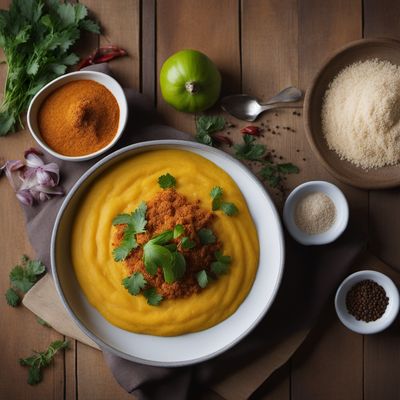
Dish
Polenta in fiur
Flower Polenta
To make polenta in fiur, cornmeal is slowly cooked in water or broth until it thickens. It is then seasoned with salt and butter or olive oil. The polenta can be served soft or allowed to cool and then sliced and grilled or fried. It is often served with tomato sauce, cheese, or meat.
Origins and history
Polenta has been a staple in Italian cuisine for centuries. It was originally made from other grains such as spelt or barley, but cornmeal became the most popular grain for polenta in the 16th century.
Dietary considerations
Polenta in fiur is gluten-free and suitable for those with celiac disease or gluten intolerance. It is also a good source of complex carbohydrates.
Variations
There are many variations of polenta in fiur, some of which include the addition of cheese, herbs, or vegetables. Some recipes also call for the use of milk or cream instead of water or broth.
Presentation and garnishing
Polenta in fiur can be served in a bowl or on a plate. It can be garnished with fresh herbs or grated cheese.
Tips & Tricks
To prevent lumps from forming in the polenta, it is important to whisk the cornmeal into the water or broth slowly and continuously.
Side-dishes
Polenta in fiur is often served with tomato sauce, meat, or cheese. It can also be served with sautéed mushrooms or grilled vegetables.
Drink pairings
Red wine is the most common drink pairing for polenta in fiur.
Delicious Polenta in fiur recipes
More dishes from this category... Browse all »

Acorn Mush
Native American cuisine
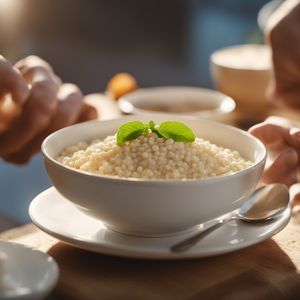
Ajdova kaša
Slovenian cuisine

Ajdovi žganci
Slovenian cuisine

Babor
North African cuisine

Banosh
Ukrainian cuisine

Bogobe jwa lerotse
African cuisine

Bohinjski žganci
Slovenian cuisine

Broodpap
Dutch cuisine
More cuisines from this region... Browse all »
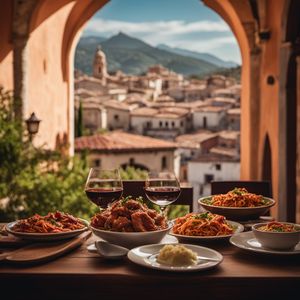
Abruzzese and Molisan cuisine
Savory, Earthy, Rustic, Hearty
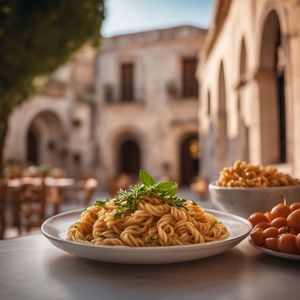
Apulian cuisine
Fresh, Savory, Rustic, Simple
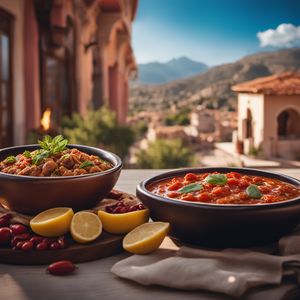
Arbëreshë cuisine
Savory, Tangy, Herbaceous, Spicy

Basilicatan (Lucanian) cuisine
Savory, Earthy, Rustic, Hearty
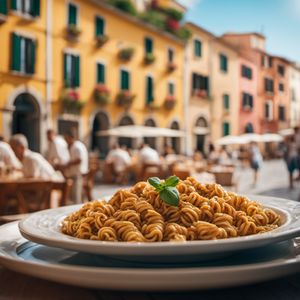
Ligurian cuisine
Light, Delicate, Herbaceous, Salty
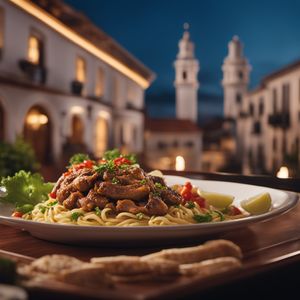
Lombard cuisine
Rich, Savory, Meaty, Cheesy
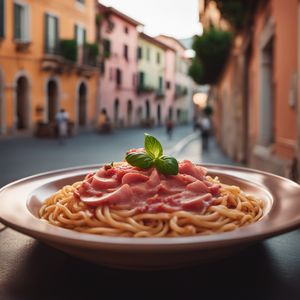
Neapolitan cuisine
Bold, Savory, Spicy, Tangy, Fresh

Roman cuisine
Fresh, Light, Herbaceous, Tangy, Savory
